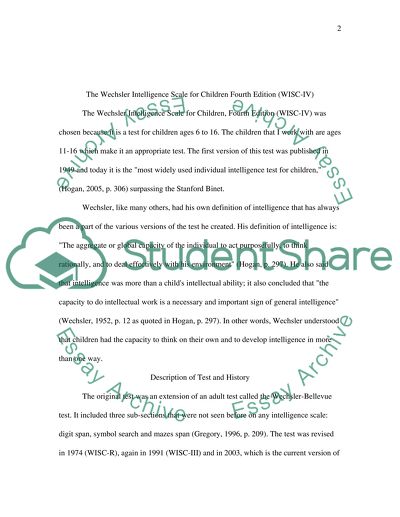Cite this document
(“The Wechsler Intelligence Scale for Children Fourth Edition Essay”, n.d.)
The Wechsler Intelligence Scale for Children Fourth Edition Essay. Retrieved from https://studentshare.org/education/1570189-the-wechsler-intelligence-scale-for-children-fourth-edition
The Wechsler Intelligence Scale for Children Fourth Edition Essay. Retrieved from https://studentshare.org/education/1570189-the-wechsler-intelligence-scale-for-children-fourth-edition
(The Wechsler Intelligence Scale for Children Fourth Edition Essay)
The Wechsler Intelligence Scale for Children Fourth Edition Essay. https://studentshare.org/education/1570189-the-wechsler-intelligence-scale-for-children-fourth-edition.
The Wechsler Intelligence Scale for Children Fourth Edition Essay. https://studentshare.org/education/1570189-the-wechsler-intelligence-scale-for-children-fourth-edition.
“The Wechsler Intelligence Scale for Children Fourth Edition Essay”, n.d. https://studentshare.org/education/1570189-the-wechsler-intelligence-scale-for-children-fourth-edition.


